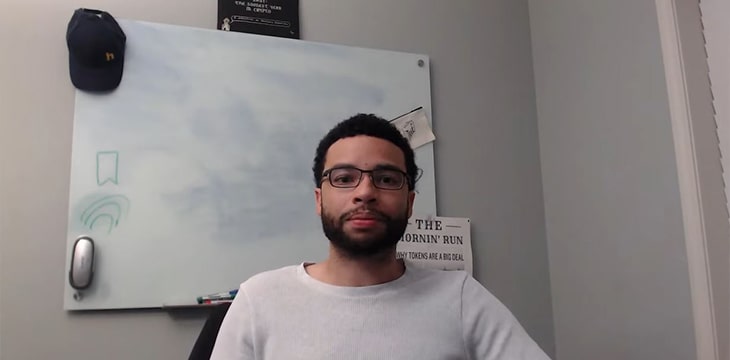|
Getting your Trinity Audio player ready...
|
BSV developer and thought leader Joshua Henslee recently shared his thoughts on why the Bitcoin protocol and it being set in stone matters more than anything else. You can watch the video through the link or read a summary of his thoughts below.
Why does the protocol enable all of the new innovations in the digital currency industry
Through the process of building on the BSV blockchain, Henslee has realized that it’s not the public blockchain that allows for all of the new innovation happening in the space; it’s the protocol itself. He reflects that anyone can start building on the BSV protocol if they wish.
“You don’t have to go ask anybody,” Henslee reminds us. “It’s permissionless.”
Henslee compares the processes of building on Bitcoin to his previous life as a technician in the credit card industry. He remembers how frustrating it was to ask multiple parties for permission before he could build anything and how this stifled innovation.
The Bitcoin protocol must be set in stone
Henslee reminds us of one of the main reasons why the protocol must be set in stone; tinkering with it can mess up existing apps and cause developers to stall while they figure out how the changes affect what they’re building.
“The whole reason BSV exists is because they were adding non-compromisable changes into the protocol,” Henslee said.
Looking back a few years, Henslee recalls how apps like HandCash, Money Button, and others were negatively impacted by the changes centralized BTC Core developers were making to the protocol. This illustrates why it’s important to have a protocol that doesn’t change. However, it seems that many people have already forgotten this important lesson.
Likening Bitcoin to the internet, Henslee notes that nobody thinks about HTTP; they just build on it. This protocol hasn’t changed in a very long time, and that’s part of the reason for the mass development that continues to take place in it. Recalling the words of BSV Blockchain Association Founding President Jimmy Nguyen, he points out that “you can’t build on shifting sands.”
Henslee has spoken before about the chronic short-termism in the blockchain and digital currency industry. Everyone is looking for a quick fix, and some of the protocol changes fall into that category.
How a fixed protocol allows for development to flourish
Henslee then mentions that BSV has multiple token protocols. While technically inferior chains like Ethereum stick to one token protocol, ERC20, developers interested in BSV have to choose one from among seven or eight (and growing), causing confusion about which one to build on. He advocates for letting market forces figure this out. Once a few protocols gain traction, others will flock to them by default. He contrasts this with Bitcoin Core’s top-down approach of simply telling developers they changed something and expecting them to adapt.
Wrapping up, Henslee reminds us that these changes tend to snowball, and it’s never just one thing. It begins with one change and leads to many others down the line, as we have seen on BTC Core, BCH, and Ethereum over the years. “It’s the protocol being fixed that allows innovation,” he says in closing.
Watch: CoinGeek New York panel, Tokenized Assets, Stablecoins and Custody with BSV

 12-28-2025
12-28-2025 




